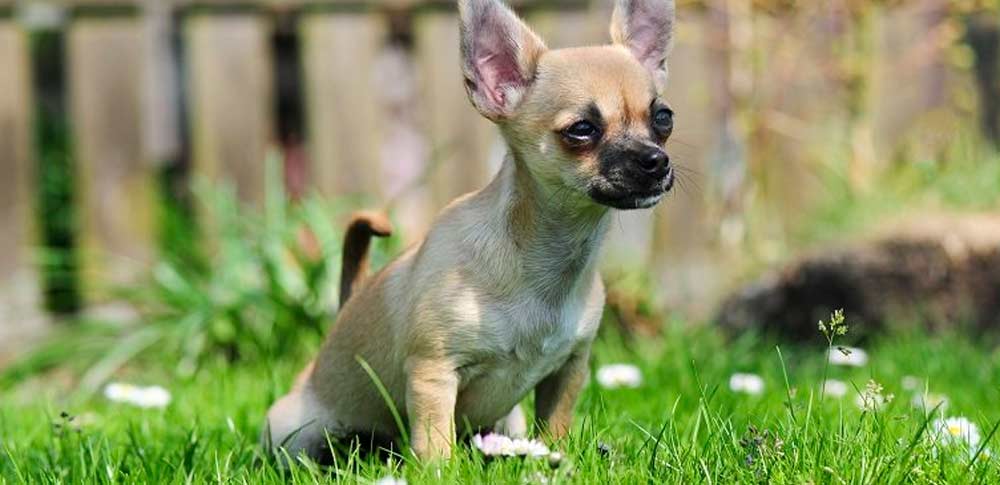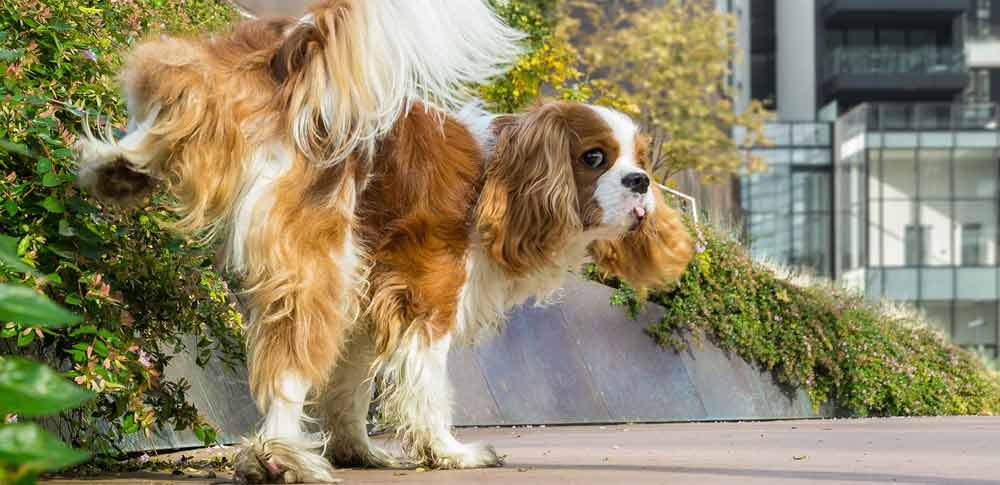Most people think that dogs pee in only one of two ways: males raise a leg and females squat. But did you know that a dog's peeing position can actually be divided into a dozen different categories, regardless of whether they are male or female?
The Dirty Dozen: A Dog's Peeing Positions

In the 1970s a study was conducted called "Elimination Patterns in the Laboratory Beagle." The study was done using 60 male beagles and 53 females. All of the dogs were adults and none were spayed or neutered. The study documented 12 different peeing positions the dogs used.
● Raise - The dog bends and lifts one leg, but keeps it low to the ground.
● Elevate - The dog bends and lifts one leg, but the foot and leg are held high.
● Standing - The dog stood normally.
● Lean - The dog leaned its body forward so the hind legs were extended.
● Handstand - The dog lifted both legs into the air. They were sometimes unsupported and other times placed against a vertical surface.
● Arch - The dog spreads its hind legs and brings the hind end close to the ground like a squat. However, instead of a straight ● back, the dog rounds its back and lifts the tail away from the ground.
● Flex - The dog partially flexed its hind legs so the rear end was slightly lowered.
● Squat - The dog straddled and bent its hind legs so the hind end was close to the ground.
● Squat-Raise - The dog combines the squat and raise positions.
● Arch-Raise - The dog combines the arch and raise positions.
● Lean-Raise - The dog combines the lean and raise positions.
● Flex-Raise - The dog combines the flex and raise positions.
So there you have it, 12 different peeing positions. But what do they mean? To understand, we have to find out what purposes peeing serves for dogs.
The Purpose of Peeing

Dogs pee for two reasons: (1) to eliminate waste and (2) to mark an area with their scent. Both males and females mark territory, although it is a more pervasive behavior in males. So why the leg raise? Well, raising the leg, especially in the "elevate" position allows the urine to run down a greater length and leaves a more powerful scent for the next passerby to appreciate. Marking an object as high up as possible may also make the dog seem larger. Females employ this tactic by using the "handstand" peeing posture.
When a dog is close to home, he or she might not be as interested in marking territory and might use just about any position to eliminate waste. But you will probably notice that the further away from home you take your pet, the more urinating will become about marking rather than just eliminating.

On a final note, it is worth mentioning that each of the positions on the list above are perfectly normal peeing positions and do not indicate a health problem for your dog. There is more than one way to mark your territory! However, if you notice your dog change peeing position because urinating has become uncomfortable or even painful, you should see a veterinarian to make sure there are no underlying issues.


